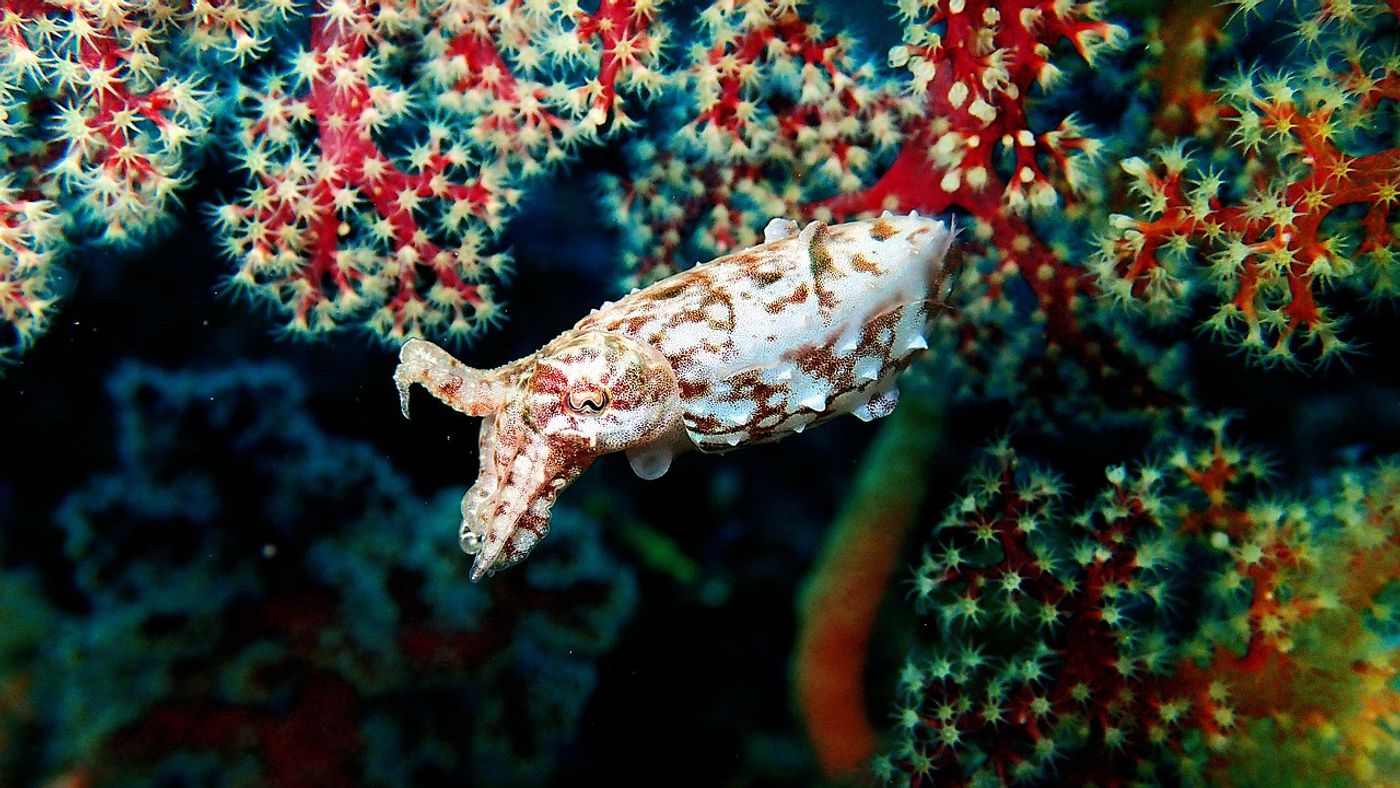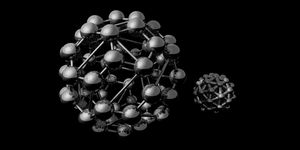Does Cuttlefish Ink Hold a Cure for Cancer?
Using nanoparticles to deliver cancer-fighting compounds directly into tumors has been a hot research topic for the past few years. According to Lisa Ayga of Phys.org, scientists manufacture nanoparticles such as photothermal agents, that when irradiated can destroy cancer cells. Also, scientists develop small molecules and antibodies to convert M2 macrophages to M1 macrophages. However, as Ayga imparts in her article, synthetic nanoparticles are expensive and complicated to manufacture. These are the reasons why researchers are searching for natural alternatives, such as the nanoparticles found in cuttlefish ink.
Researchers from Wuhan University in China recently examined cuttlefish ink as an option for a natural source of nanoparticles. Cuttlefish—a cephalopod closely related to squid and octopus—inject dark ink into surrounding waters to mask their presence and escape from predators. Cuttlefish nanoparticles contain mostly melanin—which is a powerful photothermal converter—in addition to amino acids, simple sugars, and other compounds. They're spherical and 100 nanometers in diameter. According to the research team, cuttlefish nanoparticles have good dispersibility and biocompatibility.
The results of the study, published last month in American Chemical Society Nano, demonstrated that cuttlefish ink nanoparticles strongly inhibit the growth of cancerous tumors in mice. When combined with irradiation, the cuttlefish ink nanoparticles almost wholly inhibit tumor growth. In a statement to Phys.org, lead researcher Xian-Zheng Zhang said, "we found natural nanoparticles from cuttlefish ink with good biocompatibility that can effectively achieve tumor immunotherapy and photothermal therapy simultaneously."
The in-vitro experiments of this study demonstrated that irradiated nanoparticles killed approximately 90% of the tumor cells. The researchers suspect this may be due to the high-melanin content in the cuttlefish nanoparticles, as melanin is naturally a strong photothermal converter. In live mice, bioluminescent imaging revealed that the nanoparticle treatment was effective both with and without irradiation. Additionally, the mice that were treated with both experienced nearly complete stopping of tumor growth.
Previous research has discovered similar compounds in brown algae and certain bacteria can reprogram macrophages. Zhang also told Ayga that their "research team is currently studying the biomedical potential of natural materials such as hair, cuttlefish ink, bacteria, fungi, and even the cells of the human body as therapeutic drug carriers."









